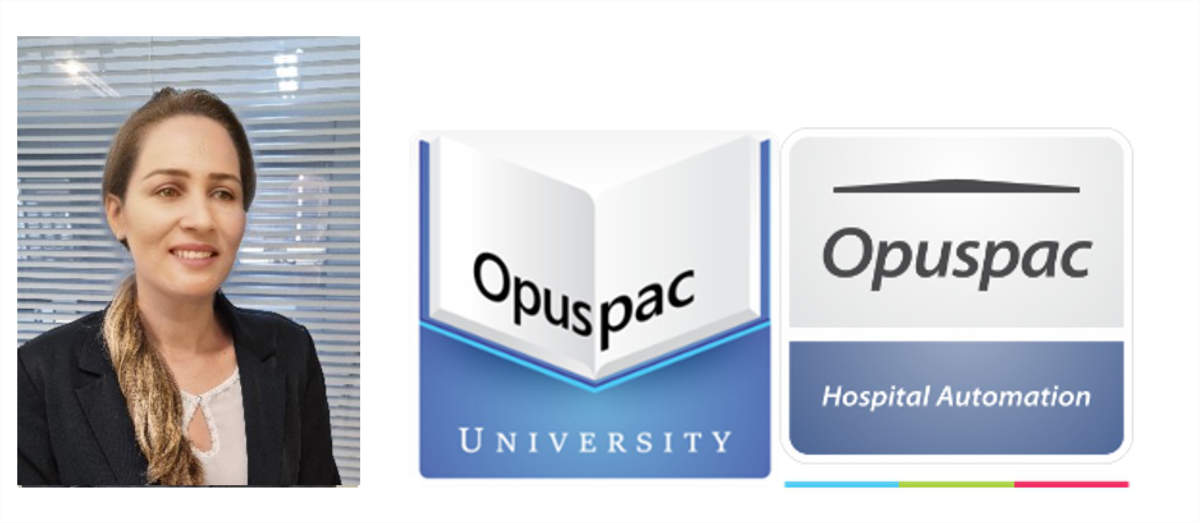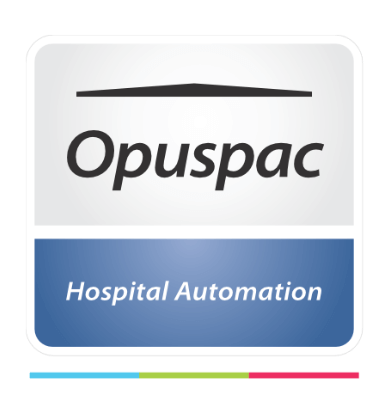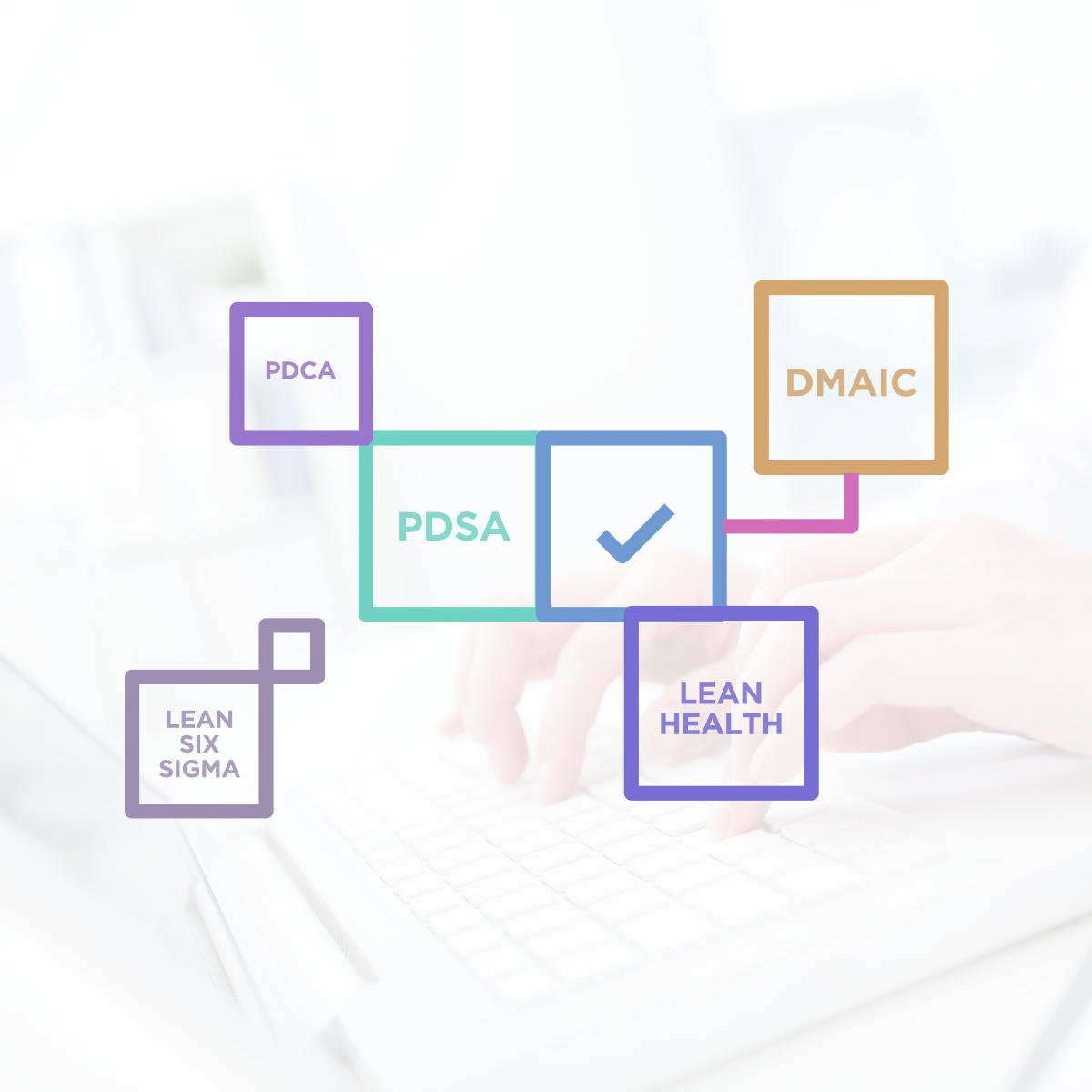1 Introduction
In the first part of the text, presented in Newsletter 01, we discussed the relationship and the constant search for patient satisfaction, through the cure without harm and the use of tools and methodologies to improve overall health.
Public or private hospitals should optimize costs, motivate overall health improvement through disease prevention and ensure quality.
2 The importance of history in continuous improvement
In 1930, Shewhart, a physicist, engineer and statistician, the “father of statistical quality control” began the use of statistical tools in process improvement. He was who found predictable processes, which through control charts (Figure 2.1) became the basis of statistical process control.
This made possible to act on the processes through the PDCA and PSDA cycles, in addition to the search for predictability of process responses. However, it was only in 1980 after the reconstruction of Japan that Edwards Deming, also a statistician, recognized for the improvements in production processes in the United States, took these techniques to rebuild the country, and through the Toyota System applied the culture of quality and process improvement and emerged as a great economic power.
After the development of the Toyota Production System, process improvement became popular as a strategic advantage, efficient production involving employees, standardized and Just in time. Figure 2.2 shows more characteristics of the process.
In the same period, Lean Six Sigma also emerged in the search for process improvement in work routines. In order to identify and eliminate waste by reducing costs and increasing quality based on structured information.
Toyota and Lean systems affirm that front-line employees should be in charge of improving processes and, therefore, they are participants in the improvements.
Even talking about the importance of improvement in the healthcare history, it is necessary to understand the four pillars of deep knowledge, shown in Figure 2.3 These four pillars enable changes to generate improvements.
2.1 Systemic vision
The organization is a set of processes that has the purpose of satisfying the needs of a client, which in health is the treatment of some pathology, or a consultation, or emergency care, among others. Often the lack of alignment of processes is responsible for losses, such as adverse events, unnecessary costs, re-elaboration, long waiting time and therefore it is very important to see the correlation between all processes with a single purpose.
2.2 Process quality knowledge
It is necessary to know how to generate specific knowledge within the organization, for example, in the case of hospital pharmacies, pharmacy processes directly influence the administration of drugs to patients, and therefore all pharmacy staff must be aware and very well trained on the importance of drug unit-dose process, because an error can be responsible for adverse events, even the death of patients. In view of this, continuing education of the pharmacy sector and all hospitals related to unit-dose process is essential.
- Study of variation
Variation is inherent and natural to processes; several factors lead to changes in outcomes. Therefore, it is necessary to study and learn from these variations.
2.4 Culture
All organizations are made up of people and it is necessary to understand the characteristics and distinctions so that it is possible to achieve teamwork to achieve the purpose of the organization. That is why happy, satisfied and committed employees for the company’s purpose are fundamental.
Culture is values, attitudes, habits, typical behaviors, shared beliefs. Culture determines how an organization function.
Quality methodologies and tools teach you to understand and apply the concepts of the pillars of deep knowledge in order to generate improvements that promote strategic change and advantage.
At this point, three questions presented in Figure 2.3 are able to direct what improvements should be important:
For this it is necessary to define an improvement approach, feedback, a measurement, an indicator to show the changes and what actions will be taken.
An example of a process improvement can be in the purchasing process. In the effort to reduce costs, purchasing time and product shortages, it is possible to set specific standards for the ideal suppliers.
They must meet particular quality requirements for all required products, in addition to the average acceptable values and the optimal delivery time of the products.
For this purpose, a well-structured supplier qualification process will facilitate the definition of the companies where purchases will be made.
3 Quality methodologies and tools
In healthcare, the value-based pursuit of care allows the use of various methodologies to increase the quality of care, promote problem analysis and service improvements, with the objective of reducing error.
Figure 2.4 lists the main quality and safety tool methodologies used in healthcare.
The methodologies have already been addressed: PDCA, PSDA, Basic Quality Control Tools and Lean Six Sigma in part 1 of the text and now in part 2 of the text on quality and safety tools we will discuss DMAIC tools, Lean Health and Quality Control Management Tools.
3.1 DMAIC
It is a structured way to improve processes and address more complex problems through continuous improvement.
It is possible, with innovations, to implement projects for new processes or services, and projects to improve existing processes in order to improve them.
To do so, it is necessary to:
- Know the processes (What do they produce? What resources do they use? How do they produce?).
- Knowing how to measure the processes (What data do we have on the process? What is the problem or defect?).
- Knowing how to improve the processes (How to attack the problem or defect? What to attack first? What to focus on?)
- How to standardize the process so that the problem does not return?
With the answers to these questions, it will be possible to define which improvement projects should be carried out. Figure 3.1 helps you to see which problems or defects should be attacked first.
Figure 3.2 simply presents the phases of the DMAIC.
In each phase of DMAIC, several quality tools will be used to assist in problem solving.
3.2 Lean Health
It comes from Lean industries, but with the vision of medical care and the improvement of hospital processes.
Its goal is to facilitate, improve, accelerate and reduce the cost of processes.
According to Vital Directions for Health & Health Care: An Initiative of the National Academy of Medicine (2017), in the United States healthcare costs are approximately $3 trillion a year and 30% of that amount is waste.
The classic question on this topic related to health care spending is:
What can be done to reduce health care expenses?
Facing these high numbers, Lean Health seeks opportunities for improvements in hospital processes, capable of reducing waste with errors, rework, failures, bureaucracies, unnecessary steps and excessive spending, in addition to increasing value in their actions, such as more time with patients, risk control and safety, patient and employee satisfaction, agility and efficiency of organizations.
Waste is considered to be actions that consume energy and resources without adding value to the customer. Thus, the entire hospital must think about adding value in its actions so that the patient, who is the end user, receives actions with safety, quality and satisfaction.
With this, the Lean practice can identify and quantify the waste where care is carried out, in the industry called production plant.
Below, in table 3.1, some examples that cause waste:
Table 3.1
| EXAMPLES | CAUSES | CHANGES | |
| SUPER PRODUCTION | Repeat and perform unnecessary tests. | Incorrect predictions, process errors, culture of excess. | Actions such as inventory reduction, production of what is needed, review of processes and changes in culture are necessary. |
| WAIT FOR | Waiting for surgeries, consultations or any material. | Due to lack of communication, standardization, priority, system pushed, unbalanced work. | Workflow synchronization, cell implementation, stage balancing. |
| MATERIAL TRANSPORTATION | Transport of kits to the operating room with missing material. | Lack of standardization, pushed processes. | Kanban, inventory control. |
| PERSONNEL TURNOVER | Lack of materials for cures. | Lack of standardization, organization, safety, inadequate inventory. | 5S, workflow. |
| INVENTORY – STOCK | Expired medications. | Processing order, supplier times, long configurations. | KANBAN, supplier development, continuous flow. |
| DEFECTS | Machine downtime, medication errors, reprocessing. | Process failure, lack of barriers, lack of work instructions, lack of standardization. | Improvement of procedures, improvement of design, creation of Poka-Yoke. |
| SUPER PROCESSING | Repetition of activities due to poorly designed processes. | Delays between processes, pushed system, bad design. | Continuous flow and efficient design. |
| WASTE OF HUMAN TALENT | Ignore the opinions of employees who are directly part of the processes that need to be changed. | Lack of culture, superiority, high hierarchy. | Organizational Culture. |
For each waste, actions are carried out using quality tools to reduce or eliminate them.
In health Lean has 6 principles, these are:
- Continuous improvement attitude, need for improvement system, the whole institution is involved with improvements and the PDSA cycle is fully linked in the processes;
- Always create value for patients, decrease waiting time, create safer environments, be more efficient, listen to patients, provide fairer care to patients;
- Unity of purpose of the company. True north of where you want to go and employees in the same direction;
- Respect for people, believe in employees, open and socialized communication, create a safe environment, direct employees to what to do;
- Visual, culture of transparency, clear processes, goals, satisfaction levels and costs exposed;
- Standardization with flexibility, facilitate processes, avoid and eliminate errors. Establish standards to stabilize processes.
Many tools are used to apply the Lean system in continuous improvement. Some examples are presented in Table 3.2:
According to the objectives, the methodologies to be used for each problem are defined.
Another example widely used in healthcare is A3, which is responsible for identifying the problem. It is a communication tool and can be used in any process of the institution. This improvement model is indicated by the IHI. It is based on PDSA, summarizes the problem and the solution on an A3 sheet as in Figure 3.3:
3.3 Quality Control Management Tools
The 7 tools focus on the search and identification of problems (“Problem Finding”) and situations not covered by the basic Quality Tools.
Through them managers can visualize and enable quality problem mapping and planning efforts, so they will be better able to elaborate action plans for project quality improvements, conformities and performances.
They help in qualitative factors. For example: classification of a service (good/bad), result of an inspection (compliant/non-compliant).
To this end, management tools constitute a three-phase process. According to figure 3.4 below:
3.3.1 PHASE 1 – Identify problems
- AFFINITIES DIAGRAM:
It groups similar ideas related to the topic, it can contemplate Brainstorming, since it seeks to synthesize, classify and structure poorly defined ideas. Example in Figure 3.1.1
- RELATIONSHIP DIAGRAM:
Allows to discover and analyze the interrelationship of cause and effect. It helps to identify the root cause of a problem. Brainstorming should also be done. Serves as a complement or as an alternative to the fishbone diagram. Allows identification of the main area for improvement.
Example in Figure 3.1.2
With the relationship diagram it is possible to define measures to reduce patient complaints, improve and eliminate process defects and simplify problem solving.
3.3.2 PHASE 2 – Determine actions and resources
- TREE DIAGRAM:
It opens up in detail the reasons for the problem. In health it is derived as a Directional Diagram (DD): A tool created by IHI that helps in defining the improvement objective, directs primary and secondary actions beyond the change concepts needed to achieve improvement. Always with a logical set of related objectives that can be transformed into sub-projects or executable initiatives. Identifies characteristics that can be immediately controlled.
It can be used as support in phase D (Define) or phase P (Plan) of Lean Six Sigma in PDCA/PDSA.
This diagram allows for a complete change program as well as structuring measurement to monitor the progress of improvements.
The tree diagram helps organize the change concept and ideas. It allows a team to see where they want to improve and what will actually work.
This will require assembling a team with people who can add to the topic; the objective should be clear and defined; Brainstorming; creating drivers; identifying the links between the drivers and what actions and interventions to take; defining what drivers and intervention to measure; validating the work with the team.
The diagram should be updated and changed during the project if necessary. Because it reflects a team’s opinion on the subject, it is a “hypothesis” as in Figure 3.1.3.
- MATRIX DIAGRAM:
It is used to understand the interactions and behaviors between different changes around a problem.
- PRIORITIZATION DIAGRAM:
To define the most relevant factors and resolve them. MATRIX GUT (Severity, Urgency and Trend), FMEA (Failure Modes and Effects Analysis) and QFD (Quality Function Deployment).
It is important to guide decision making on what to prioritize, such as the Pareto chart, for example.
3.3.3 PHASE 3 – Contingency plans and schedule
- PROCESS DECISION PROGRAM CHART (PDPC): Directs the best result of the activities, and the options to be adopted in case of deviations, it traces all the possible routes to achieve the objective.
- ARROW OR ACTIVITY DIAGRAM:
To schedule and monitor the steps of a plan/work, explaining the critical paths. It is concerned with describing the steps to be taken to achieve the objective.
The diagram has the start state, end state and action state and uses arrows to show the path to the next action.
All the different techniques of the quality management tools help to analyze quantitative and qualitative data and are typically used to address more complex problems.
The basic quality and management toolkit enables planning, organization, execution and continuous improvement in the pursuit of quality and excellence.
4 CONCLUSIONS
By applying quality methodologies and tools, it will be possible to understand the variations in the process and know where they are and how to reduce them.
Each specific tool is indicated for a specific type and stage of improvement.
Regardless of the improvement project to be used, three questions must be asked:
- Will it increase employee and patient satisfaction?
- Will it eliminate waste by focusing on patient value?
- Will it simplify and standardize processes?
- Will it promote process knowledge and stimulate continuous improvement and innovation in care?
These questions can guide the quality of the improvement projects implemented in the organization, since, if they do not comply with any of these areas, they will have to be revised.
Much of the difficulty of organizations to carry out projects is directly related to the lack of basic pillars for the implementation of improvements. This is essential for the implementation of improvements in a solid and effective way in organizations.
The greater the organization’s investment in training and development of employees, the better the performance of people and the greater the clinical pursuit of risk prevention and process improvement, as they will be conscious in the pursuit of achieving the organization’s goal.

Pharmacist Daniela Faria













